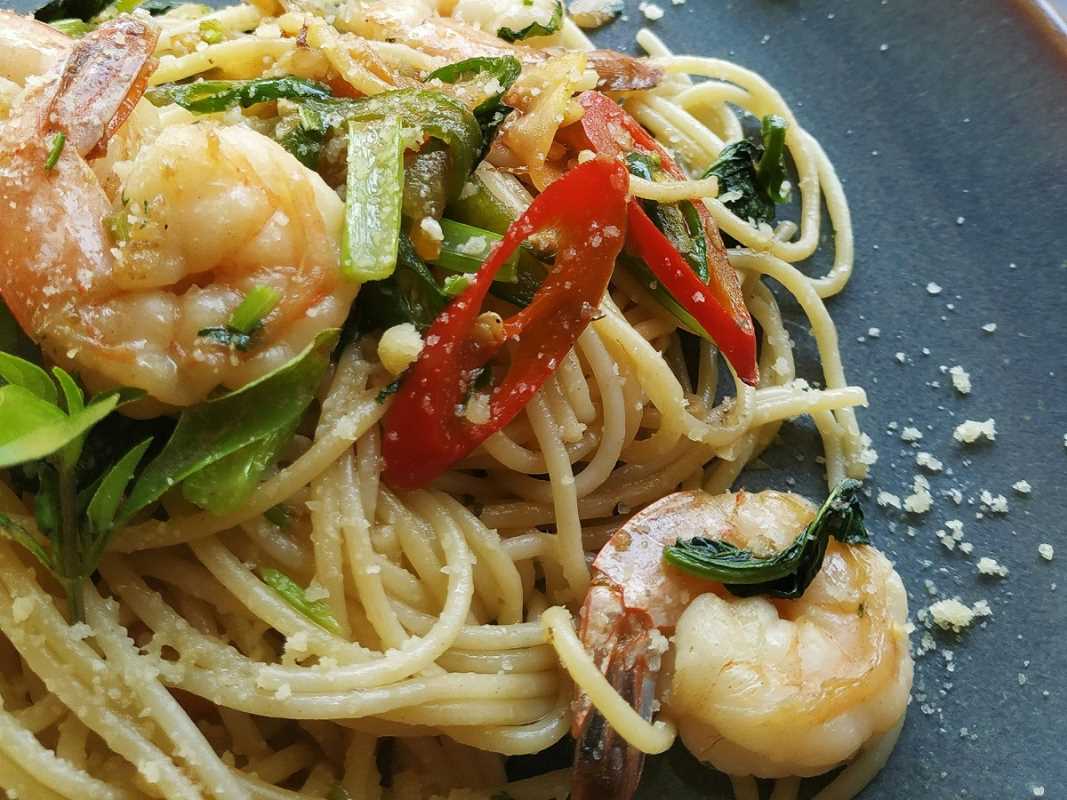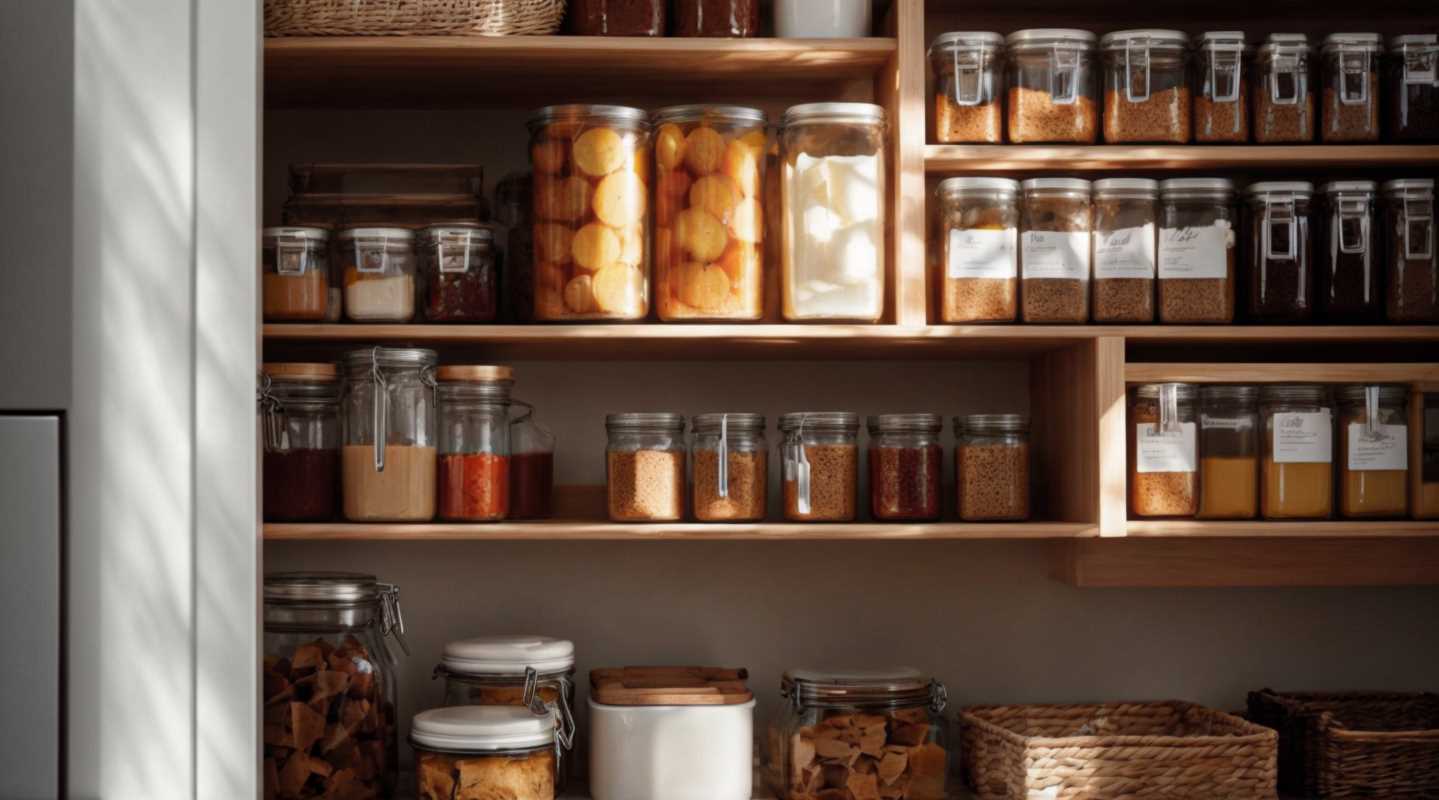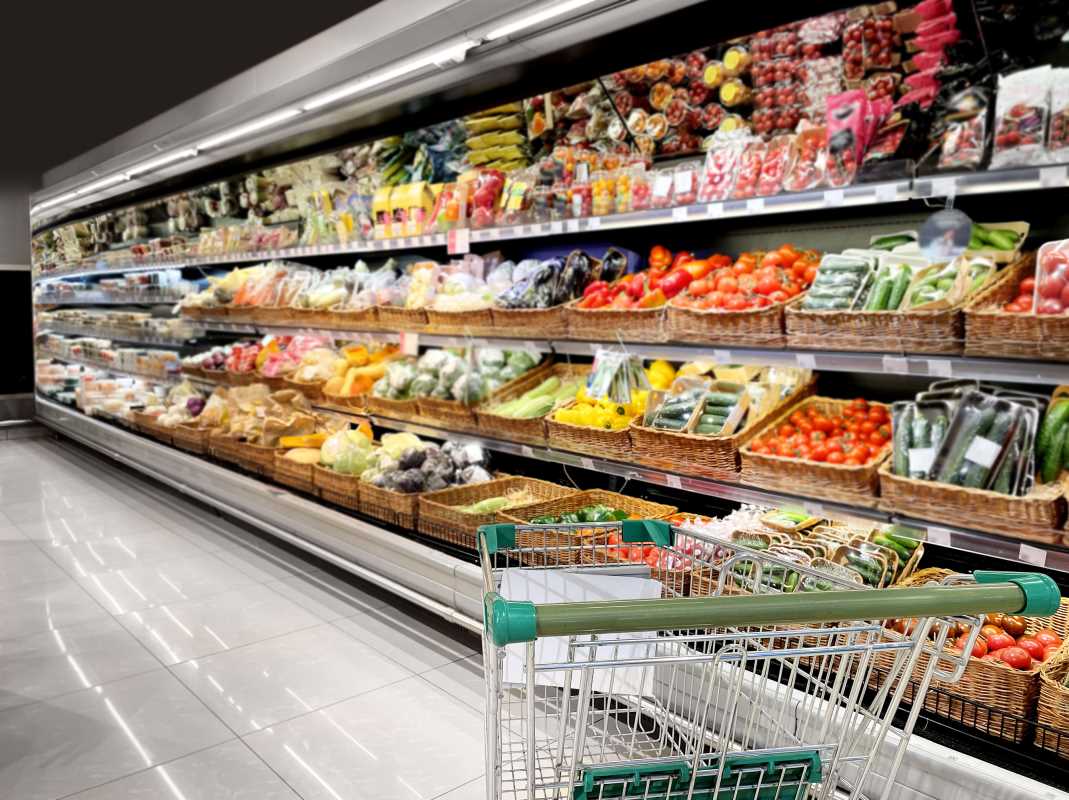Fresh seafood brings exciting flavors to the table while offering a chance to care for the oceans and our own well-being. Selecting types that support healthy marine ecosystems helps protect ocean life and keeps your favorite dishes available for future generations. With a little knowledge, shopping for seafood becomes a rewarding experience that goes beyond taste. This guide provides straightforward advice and simple inspiration to help you discover responsible options, making each meal both enjoyable and thoughtful.
This article explores the benefits of sustainable seafood, offers practical steps for sourcing the best picks, and provides ideas to incorporate these smart choices into everyday meals. Let’s dive into a world where flavor meets care for our planet.
What Makes Seafood Sustainable
Sustainable seafood ensures that fishing and farming practices stay healthy for both the environment and the fish populations. You can choose species caught or farmed using methods that minimize environmental damage and keep seafood available long-term.
Practices like reducing bycatch, protecting endangered species, and supporting local fisheries set the standards for sustainability. By understanding these factors, you can confidently select seafood that fits your culinary adventures and maintains the ocean’s balance.
8 Practical Tips for Finding the Most Sustainable Seafood for Every Meal
Choosing sustainable seafood means being creative and attentive with each purchase. Below are nine simple and practical tips designed to help you find the best options for your table. Each tip combines everyday practicality with eco-friendly habits.
Follow these suggestions to make seafood shopping both satisfying and enjoyable:
- Check your local seafood sources and learn which practices support healthy fish stocks. Knowing where your fish comes from helps you make smarter choices.
- Ask questions at your local fish market. A quick inquiry about the origin of the seafood can give you insights into the sustainability practices behind each product.
- Visit community-supported fisheries to connect directly with local fishermen. This approach often supports smaller operations that use traditional, sustainable methods.
- Plan your menu around lesser-known species that naturally thrive. This helps prevent overharvesting popular fish while offering you new tastes.
- Compare prices and sustainability labels. A little research can lead to big benefits for your wallet and the environment.
- Try different cooking methods that emphasize the unique flavors of sustainable seafood.
- Support stores and restaurants known for their commitment to sustainability. Your choices help promote a broader shift toward ethical consumption.
- Stay informed with guidelines from trusted environmental groups to ensure your selections remain eco-friendly over time.
How to Read Seafood Labels and Certifications
When you buy seafood, the labels and certifications on packaging act as guides to sustainable options. Understanding what these marks mean helps you make wiser decisions at the counter.
Look for signs of responsible practices that the labels indicate. They often explain the strict processes behind producing seafood that tastes good and is environmentally safe.
- *Marine Stewardship Council (MSC)*: Shows that the seafood comes from well-managed fisheries and meets strict sustainability standards.
- *Aquaculture Stewardship Council (ASC)*: Verifies that farmed seafood follows specific environmental and social standards.
- *Best Aquaculture Practices (BAP)*: Confirms that aquaculture products are produced with attention to environmental health and worker safety.
- Local and national seals: Usually provide a trusted guide, ensuring that local standards for sustainable practices are met.
Choosing Local and Seasonal Seafood
Opting for local and seasonal seafood connects you directly with nearby producers and reduces the environmental impact of transporting fish over long distances. This choice not only supports your local economy but also guarantees fresher catches on your plate.
Seasonal options follow natural cycles. They let you enjoy seafood when it is most plentiful and flavorful, creating a culinary experience that is both environmentally friendly and enjoyable.
Shopping Tips at Grocery Stores and Fish Markets
When visiting local grocery stores or fish markets, keep a few practical tips in mind. Look for vendors who display transparent sourcing practices and clearly marked sustainability labels. Talking with sellers and asking about the fish’s origin can reveal a lot about its sustainability.
Visit when the markets are fresh with local catches to ensure you get high-quality seafood. Building a relationship with regular vendors might even give you insider tips on the freshest and most responsible options available.
Easy Recipes with Sustainable Seafood to Try
Cooking at home gives you a great chance to try simple, tasty recipes with sustainable seafood. Look for dishes that highlight the ingredient without overpowering its natural flavor. Techniques like steaming, grilling, or lightly searing work well to bring out the seafood’s authentic taste.
When preparing seafood dishes, add seasonal vegetables and fresh herbs to create balanced meals that appeal to many tastes. Trying new ideas helps you enjoy sustainable seafood without sacrificing flavor.
In summary, applying these methods can significantly improve your cooking experiences. Let your meals reflect the care you put into choosing ingredients that are good for you and the environment.
Simple changes in shopping and cooking habits can benefit our environment. Enjoy your next seafood dish, knowing each choice supports a healthier, more sustainable future.
 (Image via
(Image via





